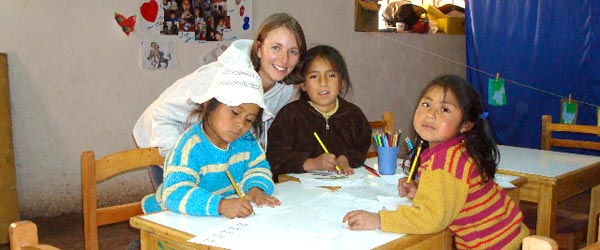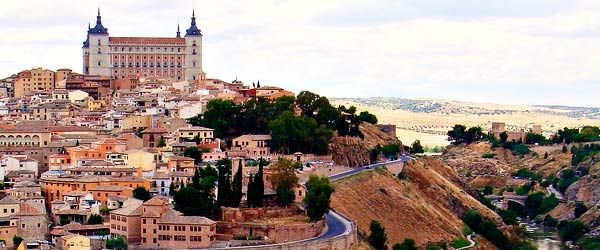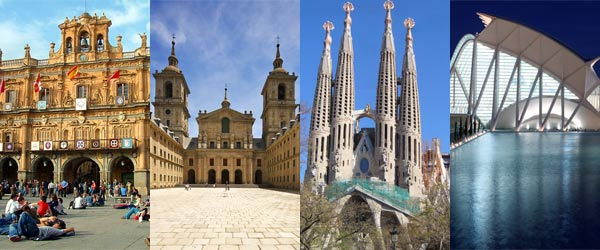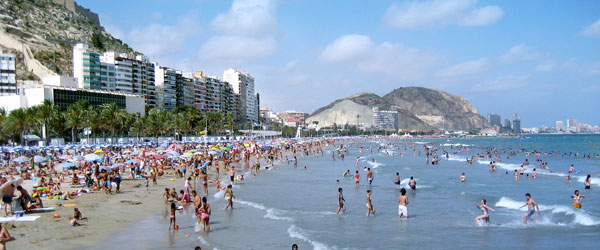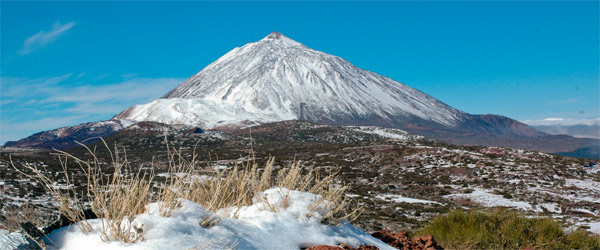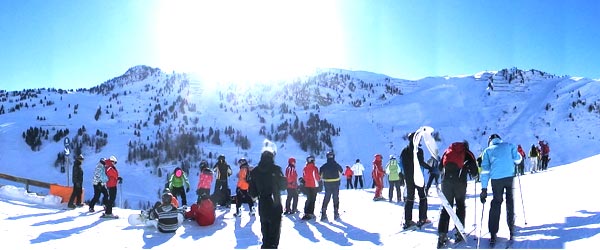Spain has an area of about 506,000 square kilometers with many natural parks scattered throughout the country. There are many natural parks in Spain that have been declared national parks. These parks in Spain are protected by the government who want to keep the flora and fauna intact with as little human interference as possible. All Spain's national parks are public. In total there are 14 national parks in Spain. There are 9 parks in the peninsula of Spain, 4 in the Canary Islands and 1 in the Balearic Islands. Below they are all briefly discussed one by one.
National Park in the Balearic Islands
The National Park del Archipiélago de Cabrera
The island of Cabrera is the only natural park in the Balearic Islands. This entire island is a national park. The peculiarity of this park is that most of it is underwater. An underwater world with beautiful corals, fish and sea turtles.
National Parks in the Canary Islands
The Timanfaya National Park (Lanzarote)
Once in the natural park of Lanzarote, you imagine yourself in a ´moon´ landscape. The former lava allows the cultivation of special wine with a special taste. Parts of the movie Lord of the Rings were shot here. Walking through this national park is not allowed.
The Garajonay National Park
Spain's national park called Garajonay covers an area of just under 4,000 hectares and is located on the island of La Gomera. The characteristics of this national park are its rare animal species and dense forests. There are 150 different insects alone that live only on this island.
The National Park de la Caldere de Taburiente (La Palma)
This national park is located on the island of La Palma. In this park you will find mountains, volcanoes and beautiful waterfalls and it has an area of 4,690 hectares.
The National Park del Teide (Tenerife)
The only national park created by a volcanic eruption. The island is surrounded by a volcanic landscape, and from a path among the volcanic rocks you have a beautiful view of the island.
National Parks on the Iberian Peninsula
The Picos de Europa National Park (Asturias, Castile and León and Cantabria)
Picos de Europa was Spain's first national park and is located in northern Spain. The park has long been characterized for its stunning landscapes of high mountains, deep valleys and dense forests. Since 1995, the park has expanded to 64,660 hectares and named “Picos de Europa,” this also because it is part of the Cantabrian Mountains. To this day, wild brown bears can still be found living in a unique flora and fauna.
The Coto de Doñana National Park (Andalusia)
This National Spanish Natural Park is located on the Atlantic Ocean in two provinces (Huelva and
Seville) and at the mouth of the Guadalquivir River. No roads run through the natural park; the people who live here live naturally without modern amenities such as electricity. The park has an area of 50,720 hectares.
Sierra Nevada National Park (Granada)
This is the largest national park in Spain with an area of about 86,200 hectares. The name Sierra Nevada is also for the mountain range with mountains over 3,000 meters high. Because it is so southern, the flora and fauna is unique and you will find animal and plant species that are found nowhere else but in the Sierra Nevada.
Aigüestortes i Estany de Sant Maurici National Park (Lerida-Cataluña)
The national park is located in the province of Lerida in northern Spain in the Pyrenees. This natural park in Spain is characterized by its many small mountain rivers and mountain lakes.
The Monfragüe National Park
Its name comes from the Latin Mons Fragorum and means “hollow mountain.” Park Monfragüe is the only national park in the region of Extremadura with an area of about 18,120 hectares. The Monfragüe park has been on UNESCO's World Heritage List since 2003.
The National Park de las Islas Atlánticas de Galicia (Galicia)
This national park in Spain is the only one in the region of Galicia. It is a national park for all the islands lying off the Galician coast such as Ons, Cie, Cortegada and Sálvora. The park has a total area of about 8,500 hectares of which 1,200 are on land and 7,300 are in the sea.
Ordese y Monte Perdido National Park (Pyrenees)
This National Park in Spain has an area of 15,610 hectares. This park located in the Spanish part of the Pyrenees and has been on UNESCO's World Heritage List since 1997. Important features of this natural park are its snowy peaks and deep valleys, the highest peak is 3350 meters (Monte Perdido).
The Tablas de Damiel National Park (La Mancha)
With its nearly 2,000 hectares, this natural park of Spain located in the La Mancha region is a protected area for 180 different species of birds that rest here before migrating to warm places. In fact, the area is characterized as wet and rainy, perfect for waterfowl.
The Cabañeros National Park (Castilla la Mancha)
The Cabañeros Natural Park is surrounded by the mountains of Toledo in the regions of Ciudad Real and Toledo. The park has a mild Mediterranean climate (summers are dry and autumn precipitation is plentiful, winter will never be cold).

